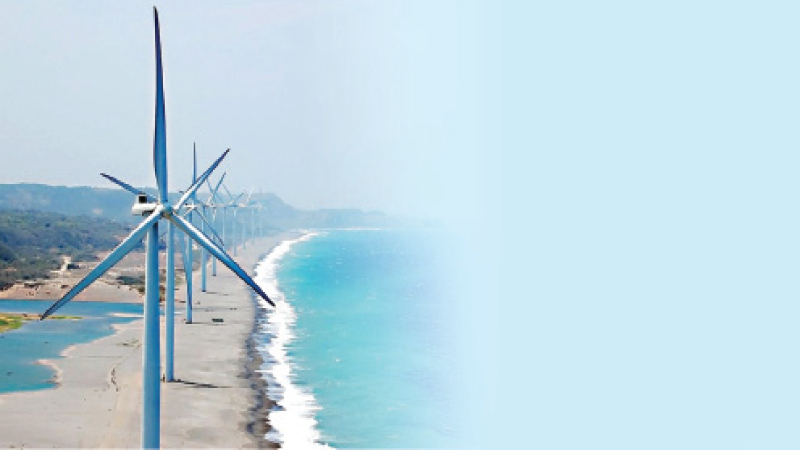The Mannar 250MW wind power project is one of the largest green energy project’s of the country with state-of-art turbine design with highest ever onshore capacity of 5.2MW, less footprint area on ground, with higher generation, high reliability, low maintenance, and low noise.
It is estimated the collective savings to the nation attributable to this 484MW, amount to over USD 60 million by displacing high-cost fuel-based tariffs, improving energy sustainability.
The Adani Group firmly believes that the Mannar project is beneficial for Sri Lanka, providing competitively priced green energy and aiding the nation’s commitment of generating 100% of its energy requirement through renewables by 2050.
It will also foster closer economic and cultural ties between India and Sri Lanka.
The project proposes the lowest ever wind generation tariff in the country.
A spokesperson on behalf of Adani said, “The project location was chosen after careful consideration and no turbines will be set up along the critical migratory pathways or sensitive habitats.
The Environmental Impact Assessment (EIA), including Birds and Bats Studies was carried out by the Sri Lanka Sustainable Energy Authority (SLSEA), under the leadership of Senior Professor Devaka Weerakoon of the Department of Zoology and Environment Sciences, University of Colombo.
According to the spokesperson, the report was based after a year-long on-ground studies and data sets of the Ceylon Bird Club (CBC), the Field Ornithology Group of Sri Lanka (FOGSL) and Ramsar data sheet were also considered.
The EIA outlines several steps for the developer to reduce the environmental impact, and Adani is fully committed to honouring it. The Adani Group will deploy modern technology to not only minimise the project’s potential environmental impact but also deliver it on time and budget.
The 5.2 MW Wind Turbine Generator (WTG), one of the most powerful onshore wind turbines in the world, will be used, providing higher generation at a lower overall footprint. The project will implement AI-based radar systems to detect incoming flocks and automatically shut down turbines during high-risk periods.
“We will also be installing acoustic and visual deterrents such as painting the tip of the blades to deter birds from flying into them, and also use taller turbines with slower blade rotation speeds, reducing collision risks,” the spokesperson said.









